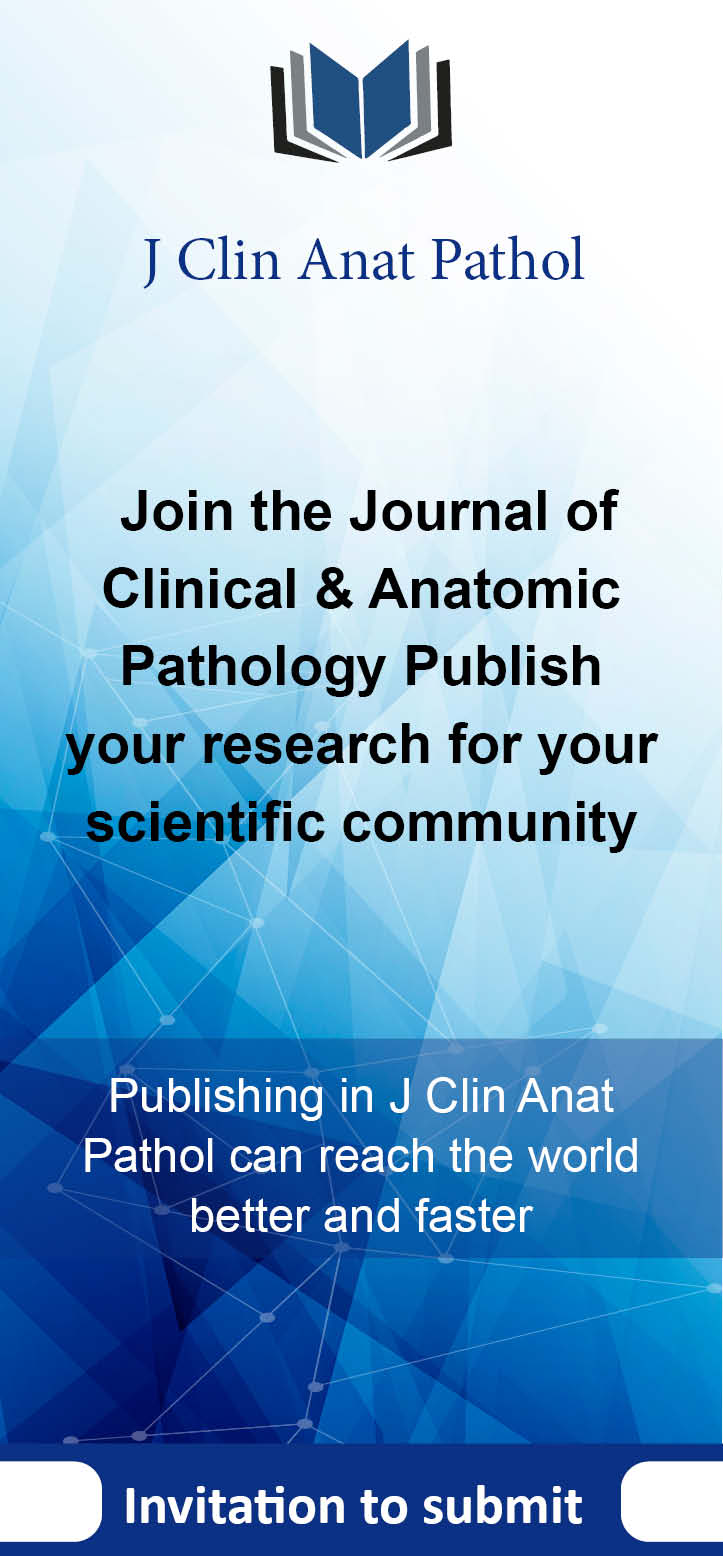Nanomedicine is rapidly transforming the clinical landscape by enabling precise diagnostic and therapeutic interventions at the molecular level. However, its integration into the domains of clinical anatomy and pathology remains underexplored, despite growing evidence of its potential to revolutionize structural and functional diagnostics. This review addresses this gap by providing a focused synthesis of nanomedicine applications across anatomical and pathological contexts, with emphasis on translational relevance. The review begins with foundational concepts in nanomedicine, including the physicochemical properties of nanoparticles and their interaction with biological systems. In clinical anatomy, it explores nanoparticle-enabled targeted drug delivery, regenerative scaffolds, and advanced imaging modalities enhanced by contrast-generating nanomaterials. Applications in neurological anatomy are discussed in detail, highlighting breakthroughs in overcoming the blood-brain barrier (BBB) to treat neurological disorders like Alzheimer’s and Parkinson’s disease. The pathology-focused sections examine nanosensors for early disease detection, nanotechnology in histopathology, and nano-polymerase chain reaction (nano-PCR) techniques for molecular diagnostics. The utility of nanomedicine in oncology is addressed through cancer nanodiagnostics and liquid biopsy platforms, while infectious disease diagnostics benefit from nanoparticle-based biosensors and nanovaccine carriers. A dedicated section also covers the integration of artificial intelligence (AI) with nanotechnology for improved diagnostic accuracy and personalized medicine. Future advancements in smart nano-devices, nanosurgical tools, and AI-driven nanoparticle design hold promise for precision diagnostics and individualized therapy. Overcoming current translation barriers will require interdisciplinary collaboration and standardization to fully integrate nanomedicine into routine clinical practice.

